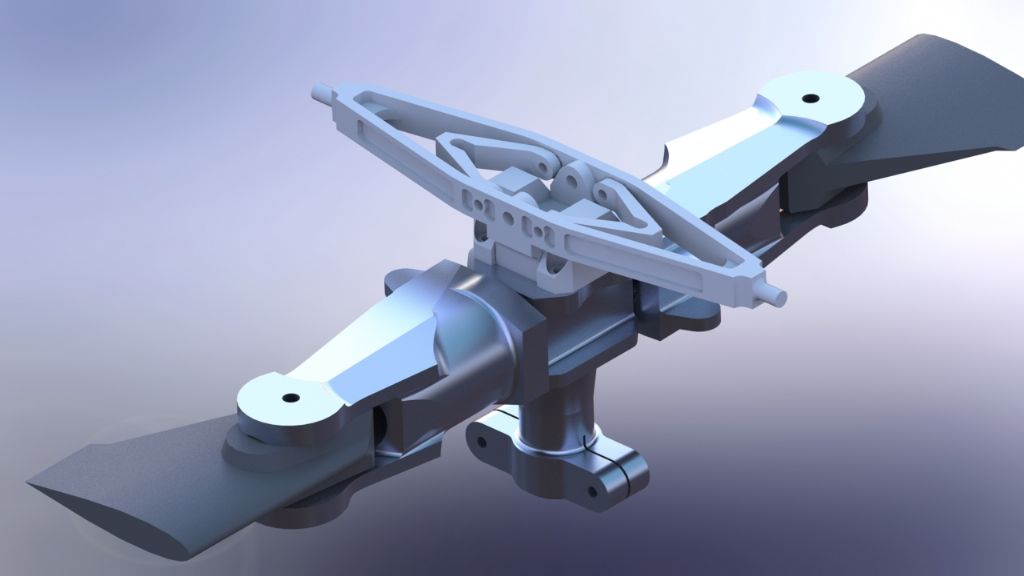Yes, a heated bed is a must but at £249+VAT the Fisher Delta is an incredible bit of kit!
As Delta printer get smaller, their strength and rigidity increase, while the length of the arms etc decrease so alignment errors are much less likely, and much less severe. Thus if you're looking at Delta's as compact as that, I wouldn't worry about the issues typically associated with them.
It comes with the Duet control board which is excellent. It features a processor powerful enough to translate the Cartesian system in to delta movements with plenty of processing power left over for a second extruder and other fancy trimmings. I have a RAMbo 1.3 and its 2560 processor is pretty much flat out, on very rare occasions I'm sure i SEE it slowing down round curves if the resolution is to high while the processors races to translate all the movements – This may limit me in the future if I wish to upgrade or expand.
Given it's price, and its electrical control package – it's a hell of a starter kit especially if you have the facilities and skills to modify/make your own heated base. I would recommend Onyx branded heaters for flatness
Do think ahead when purchasing a power supply if you go down this or a similar route (contact the seller, he can probably supply you a larger than stock one, or not supply anything and knock a few ££ off, you might need as much a 100w or more for a bed heater which will probably double your peak power output)
I've got a cheap 450w ATX power supply housed "hours" deep inside my 3D printer and I really need to upgrade it because I'm seeing voltages as low as 11v on the 12v rail measured at source with just a few hundred watts of load.
Edited By Russ B on 30/03/2016 13:23:54
Anonymous.





